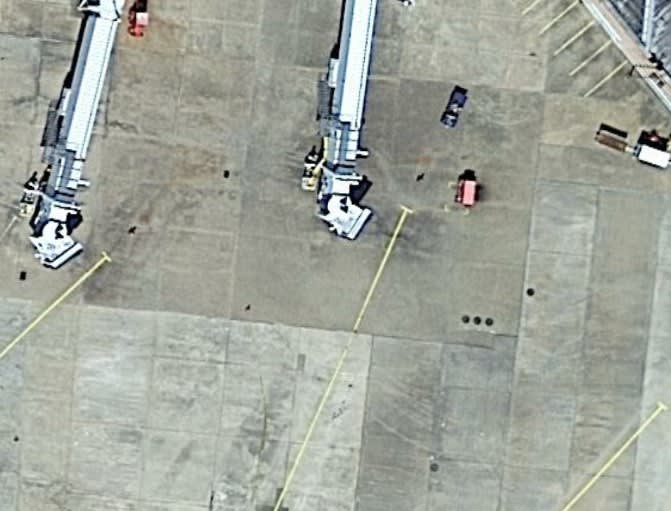1503-44
Petroleum
- Jul 15, 2019
- 6,654
Einstein gave the same test to students every year. When asked why he would do something like that, "Because the answers had changed."
Follow along with the video below to see how to install our site as a web app on your home screen.
Note: This feature may not be available in some browsers.

